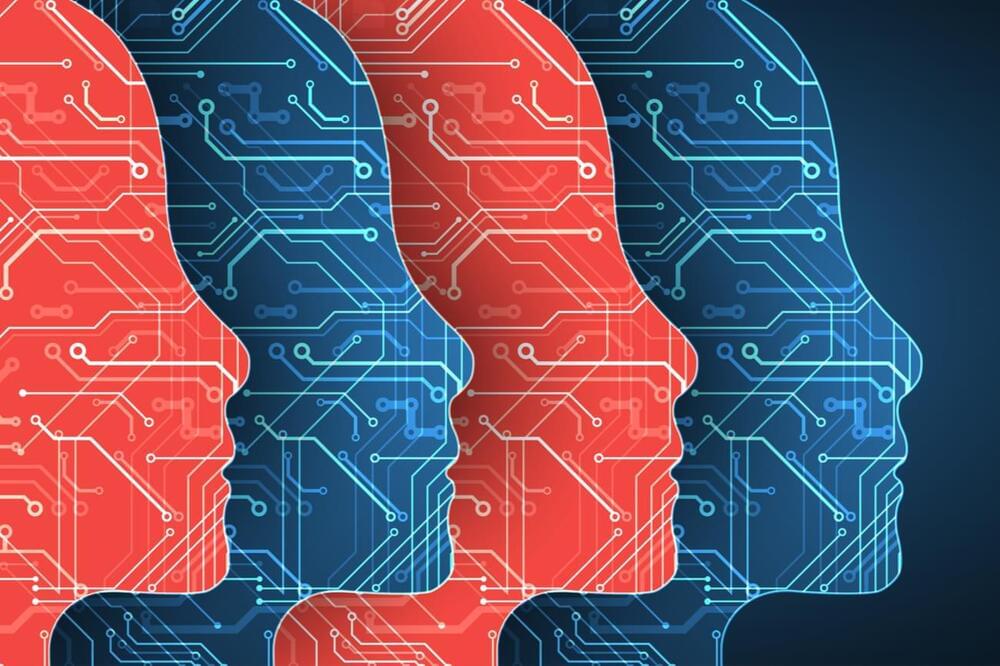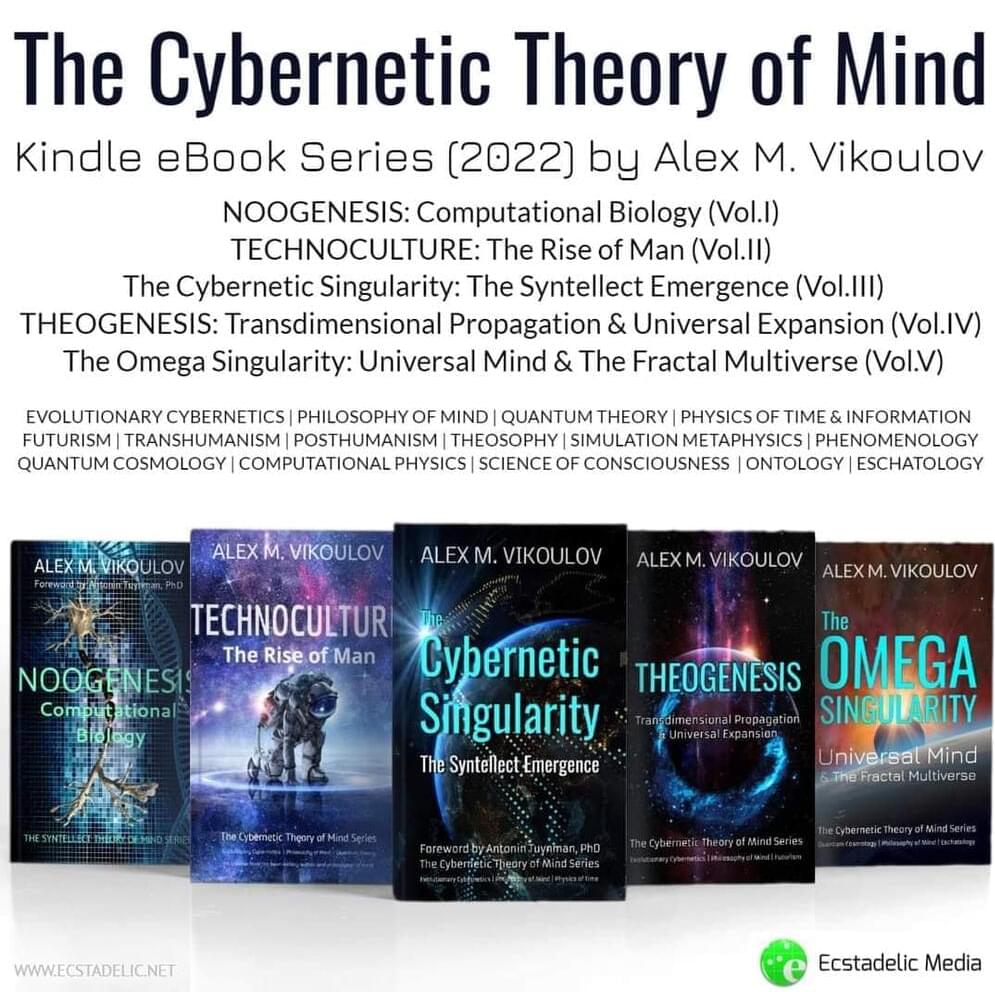I subtitled this post “Why we’re all in denial about the robot apocalypse”. I say that because I believe that society at large is completely, utterly, and woefully unprepared for the advent of sentient, living artificial general intelligence. I think the singularity is coming much sooner than most people expect, and I think it’s going to cause a great deal of upset when it arrives — for better and for worse.
Take for instance the common religious belief that people possess some unmeasurable, undefinable soul, and that this soul is what separates us from inanimate objects and non-sentient animals. Furthermore, some people believe that these souls come from deity. I have spoken with friends who believe that AGI is impossible because “robots can’t have souls, humans aren’t God”. For these people, like Caleb says in Ex Machina (paraphrasing), removing the line between man and machine also removes the line between god and man.
Now, this isn’t to say that AGI will destroy religion or anything — it may even be used to strengthen some sects (as taken to the extreme in HBO’s Raised By Wolves). No, religion has been around for millennia and I’m sure it will continue to be around for many more millennia. I’m simply predicting that a subset of religious people are going to experience lots of cognitive dissonance when the first AGI arrives.




